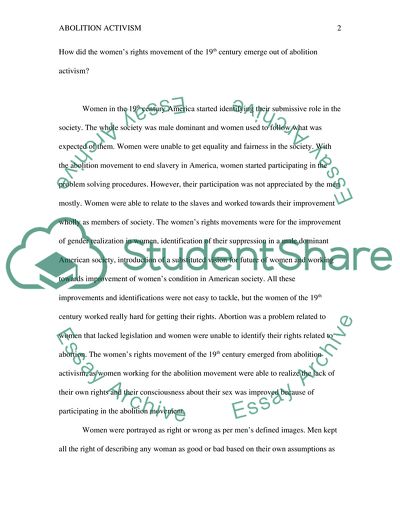Cite this document
(Womens Rights Movement in the 19th Century Essay Example | Topics and Well Written Essays - 1500 words - 4, n.d.)
Womens Rights Movement in the 19th Century Essay Example | Topics and Well Written Essays - 1500 words - 4. https://studentshare.org/history/1811887-american-women-history
Womens Rights Movement in the 19th Century Essay Example | Topics and Well Written Essays - 1500 words - 4. https://studentshare.org/history/1811887-american-women-history
(Womens Rights Movement in the 19th Century Essay Example | Topics and Well Written Essays - 1500 Words - 4)
Womens Rights Movement in the 19th Century Essay Example | Topics and Well Written Essays - 1500 Words - 4. https://studentshare.org/history/1811887-american-women-history.
Womens Rights Movement in the 19th Century Essay Example | Topics and Well Written Essays - 1500 Words - 4. https://studentshare.org/history/1811887-american-women-history.
“Womens Rights Movement in the 19th Century Essay Example | Topics and Well Written Essays - 1500 Words - 4”. https://studentshare.org/history/1811887-american-women-history.


